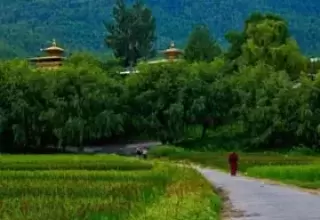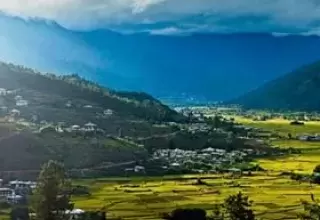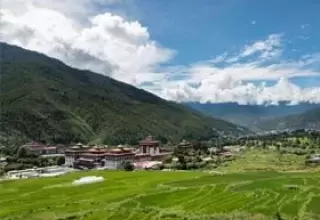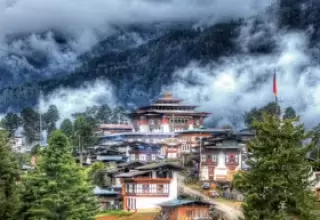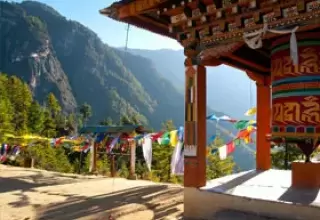The Phobjikha Valley is also known as Phubjikha that means Valley that is a vast U shaped glacial valley that is often named as Gangteng Valley named after the most-sought Gangteng Monastery in the Central Bhutan.
Holiday in Phobjikha
The place is full of lush green environs that attract numerous tourists throughout the year for witnessing the black-necked cranes Grus nigricollis, 13 other globally threatened species. Moreover, the most fascinating factor of paying a visit to this place is to attend the the colourful Mask Dance Festival of Bhutan and the Crane Festival.
There are many ways of reaching Phobjikha Valley and you can conveniently choose any of them. If you wish to reach the place via train, then the closest stations to Bhutan border is Hasimara and New Alipurduar that is connected to all the major locations. If you choose air, then the nearest airport is the Paro International Airport in the city of Paro that connects you to the place via Kolkata or Bagdogra airport of India. Roadways is another option that will connect you from Siliguri to Phobjikha by car or a bus.
Which places to visit in Phobjikha?
The Gangteng Monastery: This is also known as Gangtey Gonpa or Gangtey Monastery located in the Wangdue Phodrang District of Bhutan. It holds emphasis for the Gangren village surrounding it. You get to watch the black-necked cranes when you pay a visit here!
Black-necked crane center: The Black Necked Crane Information Center is located along the main road of the Phobjikha valley where you can spot cranes. This place also holds natural and cultural significance since time immemorial that also has a small gift shop where you will find the local items available.
Sangchhen Dorji Lhuendrup Lhakhang: This is one of the most sacred temples that is located near Amankora Gangtey Resort. You will find an old cypress tree that holds a great historical significance followed by the spring body which is said to cure many diseases as the water is said to be holy.
Khewang Lhakhang is a Buddhist Temple that is located to the east of the valley that features the present and future statues of the Buddha built in the 15th century in the Tibetan style. The temple was built to control famines and illness and help people to find out the sins and wash them away.
Bhutan Tour Packages by City
Bhutan Itineraries Paro Thimphu Punakha Phuentsholing Trongsa Jakar
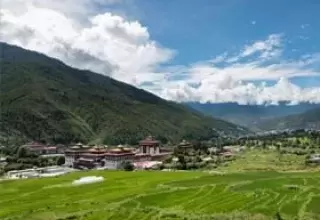
Nepal Bhutan Tour Packages
09 Nights / 10 DaysPlaces Covered Kathmandu » Chitwan » Pokhara » Thimphu » Paro
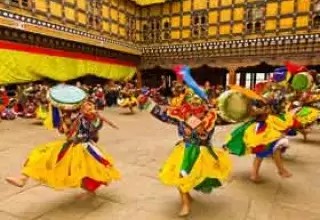
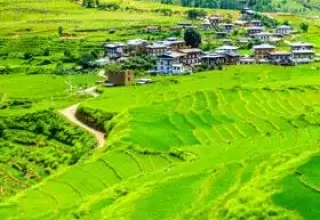
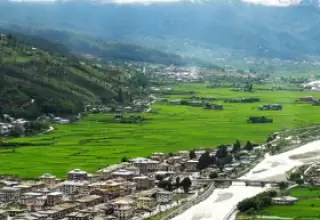
© 2025 Swantour.com. All Rights Reserved. | Powered by Openlogic Systems
